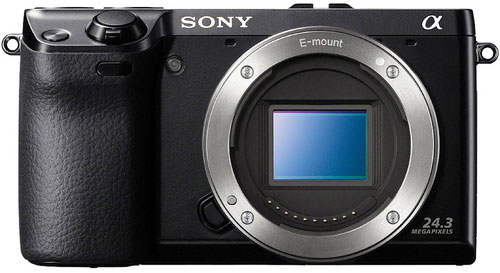EXCERPT page containing first few paragraphs. 2024-04-20 09:24:20
UA_SEARCH_BOT_compatible_botmozilla/5.0 applewebkit/537.36 (khtml, like gecko; compatible; claudebot/1.0; +claudebot@anthropic.com) @ 3.149.24.159
For full access, subscribe here. Or click title to login. ![]()

Noise
Noise as a topic is one of those topics on which much time is needlessly wasted. Film grain was what it was, and everyone accepted that.
The only properly useful discussion of noise is whether the amount of noise is suitable or unsuitable for making images under the conditions in which one envisions using the camera.
Noise should be evaluated in terms of resolution; with 24 megapixels, the Sony NEX-7 needs less enlargement than a 12 megapixel camera, so more noise per pixel is perfectly fine. Alternately, downsizing from 24 to 12 megapixels is the right way to compare relative noise to a 12MP camera (upsizing also works, but less well as a tool in my view).
Where noise matters
Because any APS-C or full-frame sensor these days can make excellent low-noise images at ISO 100 in the daytime, the noise discussion is really about what happens in low light: at dusk, indoors, etc.
Article continues for subscribers...
Diglloyd Guide to Mirrorless is by yearly subscription. Subscribe now for about 25 cents a day ($90/year).
BEST DEAL: get full access to ALL 8 PUBLICATIONS for only about 75 cents a day!
Diglloyd Guide to Mirrorless offers comprehensive integrated coverage of most APS-C and full frame mirrorless cameras and lenses.
Special emphasis is placed on Sony full-frame, including Sony lenses and the high performance Zeiss Batis and Zeiss Loxia lenses plus Rokinon/Samyang and others. Fujifilm X, Olympus and Panasonic M4/3, Sigma dp Merrill and dp/sd Quattro are also covered in depth. Years in the making, it offers a wealth of material for choosing and using a mirrorless camera.
- Make better images by learning how to get the best results right away. For example, the best way to set up your Sony camera.
- Save money by choosing the right lens for your needs the first time, particularly with the numerous lenses available for Sony.
- Make better images, a sort of “cheat sheet” saving yourself months or years of ad-hoc learning—best practices and how-to and processing parameters are discussed and shown.
- Jaw-dropping image quality found nowhere else utilizing Retina-grade images up to full camera resolution, plus large crops.
- Real world examples with insights found nowhere else. Make sharper images just by understanding lens behavior you won’t read about elsewhere.
- Aperture series from wide open through stopped down, showing the full range of lens performance and bokeh.
- Optical quality analysis of field curvature, focus shift, sharpness, flare, distortion, and performance in the field.
Want a preview? Click on any page below to see an excerpt as well as extensive blog coverage, for example on Sony.

